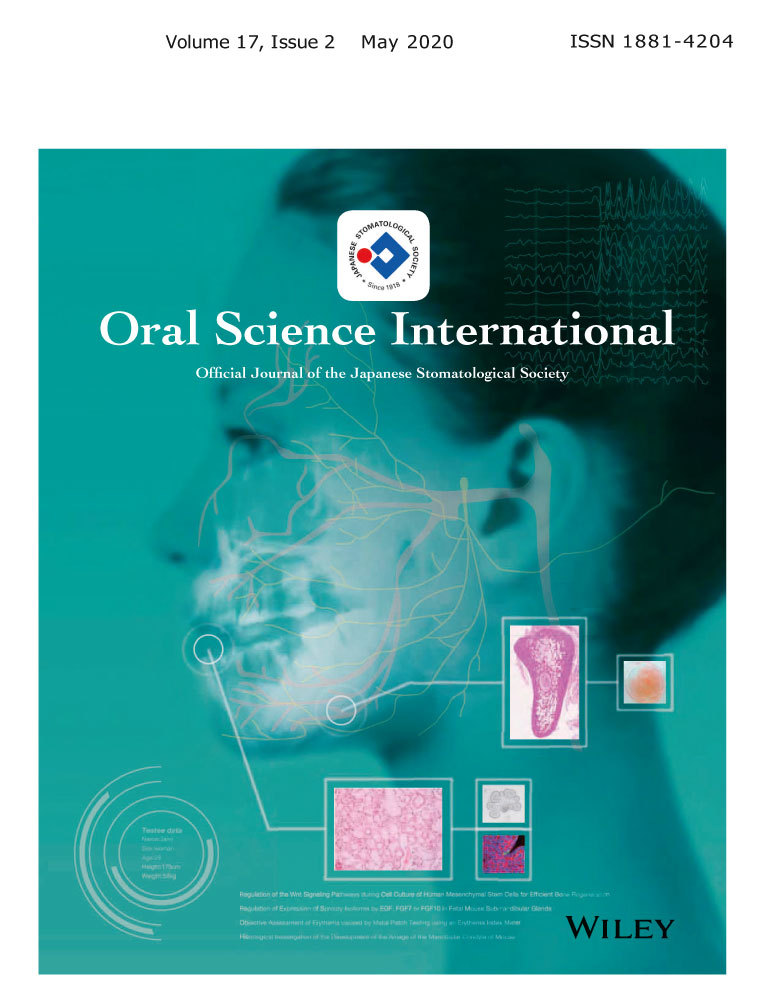Imaging findings of pericoronal myxofibrous hyperplasia: Panoramic radiography and multidetector computed tomography
Abstract
Aims
The aim of this study was to investigate the imaging findings of pericoronal myxofibrous hyperplasia (PMH), especially panoramic radiography and multidetector computed tomography (MDCT).
Materials and methods
In all, 13 patients with PMH who underwent panoramic radiography and MDCT were included in this study. For patients with PMH, interpretation with panoramic radiography and MDCT findings were independently analyzed by two oral and maxillofacial radiologists. Any discrepancies of the imaging evaluation were resolved by consensus of the two oral and maxillofacial radiologists.
Results
Almost all cases with PMH were teenage (n = 11, 84.6%), women (n = 10, 76.9%), and maxilla (n = 9, 69.2%). Of all cases with PMH, the interpretation with panoramic radiography was as dentigerous cyst (n = 4, 30.8%) or unerupted tooth (n = 9, 69.2%). MDCT findings of all cases were expansive process around crown of impacted tooth. MDCT showed well-defined unilocular lesion and spread of lesion to better advantage than panoramic radiography. Furthermore, the CT values of PMH were 13.9 ± 3.9 HU (range, 8.4-22.0 HU).
Conclusions
The results of the present study indicate the clinical and imaging features of PMH. We believe that PMH is often misdiagnosed because of the overlap of its histological features with other odontogenic cysts or unerupted tooth.
CONFLICT OF INTEREST
The authors declare that they have no conflict of interest.




